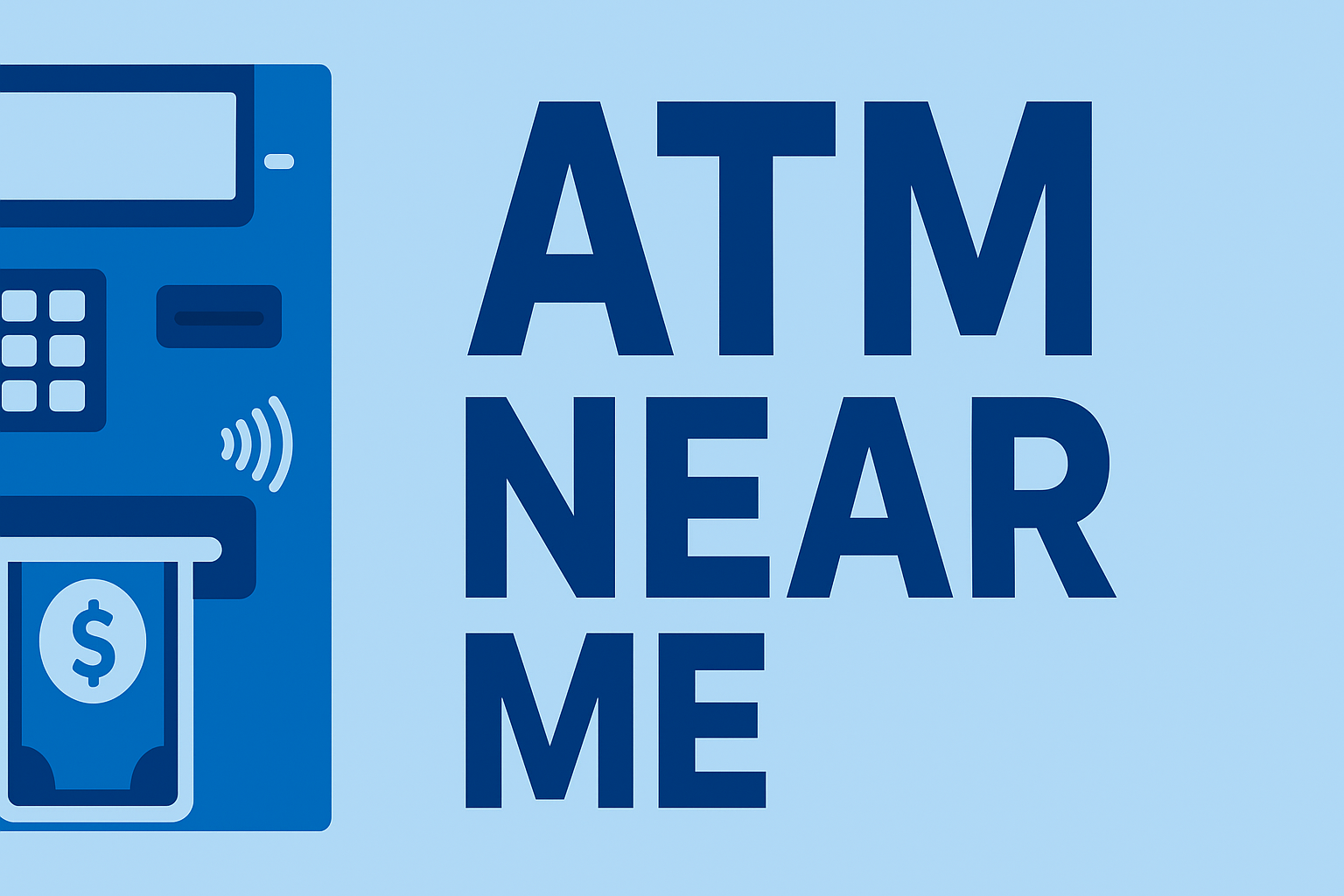It can be stressful when an ATM suddenly keeps your card, but the reasons are usually simple and built around security. ATMs use mechanical readers, sensors, timers, and bank authorization rules to determine when a card should be captured. To understand how all ATM systems work together, see How ATMs Work.
This guide explains the most common reasons ATMs retain cards, how the internal hardware makes the decision, and what you should do if it happens to you.
1. Card Was Left in the Slot Too Long
ATMs use timers to protect users who forget to remove their cards. If the card remains in the slot after a withdrawal or balance inquiry, the ATM automatically pulls it back into the internal safe for security.
- Typical timeout: 15–30 seconds
- ATM retracts the card into a secure bin
- Card is stored until serviced by bank personnel
This prevents someone behind you from stealing or misusing your card.
2. Incorrect PIN Entered Too Many Times
Banks usually set a maximum number of incorrect PIN attempts, often 3. When the limit is reached, the ATM may capture the card as a fraud-prevention measure.
- Helps prevent unauthorized use
- Triggers a fraud security event
- Requires bank intervention to recover the card
If your PIN fails due to chip or magstripe errors, see:
ATM Sensors and Cameras
3. Card Reader Detected Tampering or Irregular Activity
ATMs constantly monitor the card reader using sensors that check for:
- Deep-insert skimmers
- Magstripe read errors
- Incorrect chip voltage or contact alignment
- Electrical interference
If the signals look suspicious, the ATM may capture the card to protect your account.
4. Card Was Reported Lost or Stolen
When a card is placed on a bank’s “hot list,” the ATM receives an instruction from the issuer to retain it. This can happen even if the card still appears active in your wallet.
- Prevents unauthorized use
- Triggered instantly through ATM network routing
- Card is held for bank review
5. Card Expired or Blocked by the Bank
Expired, damaged, or replaced cards may be silently blocked by the bank, even if their physical expiration date hasn’t passed. The ATM receives a “retain card” command during authorization.
6. Chip or Magstripe Could Not Be Read
If both the chip and magstripe repeatedly fail, the ATM may consider the card unsafe to return.
- Damaged chip
- Scratched magstripe
- Moisture or dirt inside the card slot
Multiple failures can trigger a security capture to prevent misuse.
7. The ATM Experienced a Mechanical Error
Sometimes the ATM simply cannot eject the card due to internal issues:
- Card jam inside the reader
- Presenter door failed to open
- Mechanical obstruction
- Power loss mid-transaction
In these cases, the card is pulled into the internal safe until a technician retrieves it.
What to Do if an ATM Keeps Your Card
- Visit or call the bank that owns the ATM
- Bring your ID to verify ownership
- If it’s not your bank, request the card be destroyed and ask for a replacement
- Monitor your account for unusual activity
If the ATM also failed to dispense cash, see: ATM Charged But No Cash
Final Thoughts
ATMs retain cards for a mix of mechanical, security, and authorization reasons designed to protect users. Whether it’s a forgotten card, repeated PIN errors, or internal tamper alerts, the system prioritizes account safety. Understanding how these processes work makes it easier to know what to do next time an ATM holds onto your card.
